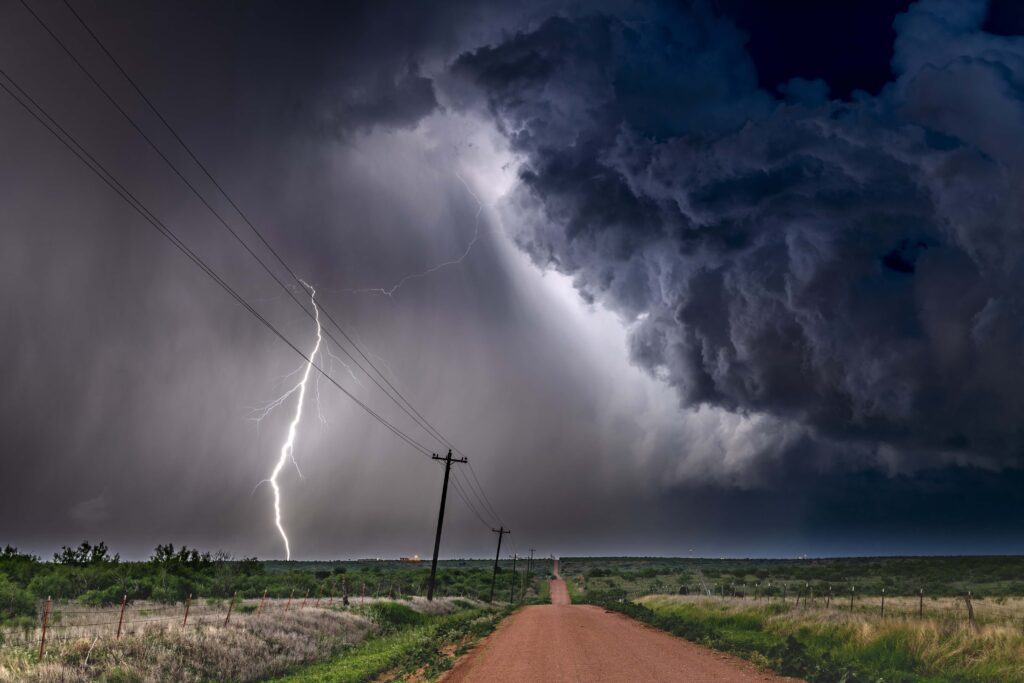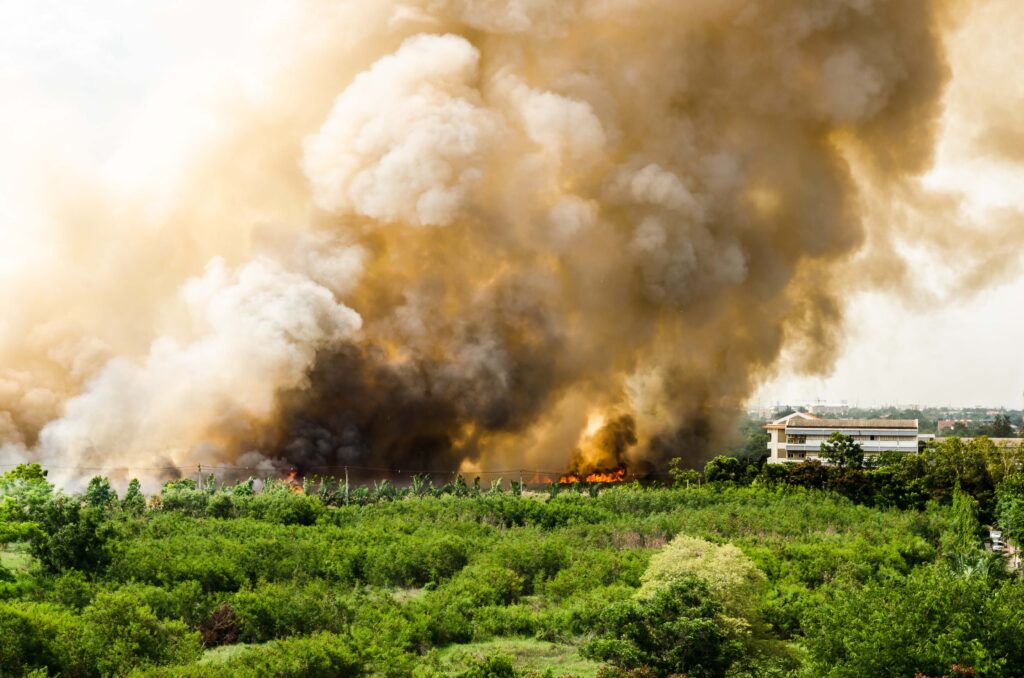Upcoming events – Spring 2023
Learn more about upcoming events and workshops that LGIS are taking part in.

Tropical cyclone Seroja hit the WA coast in April 2021 as a Category 3 cyclone affecting many members. The cyclone brought damaging wind gusts of up to 170km/hr along with heavy rainfall. Our members across the Mid-West and Wheatbelt regions of the state reported widespread damage, destroyed homes, and power outages.
The Insurance Council of Australia declared TC Seroja an ‘insurance catastrophe’ with a total of 875 buildings damaged and a damage bill of over $200 million.
Areas impacted by TC Seroja
Northampton, Perenjori, Mingenew, Morawa, Greater Geraldton, Three Springs, Mt Marshall, Bruce Rock, Carnarvon, Westonia, Carnamah, Merredin, Koorda, Mukinbudin, Nungarin, Dalwallinu and Chapman Valley
Learn more about upcoming events and workshops that LGIS are taking part in.
Western Australia is home to 129 public aquatic facilities and thousands more school, hotel/motel and back yard pools. While many know of the risks within these facilities such as lack of patron supervision, inappropriate use of shallow water and issues associated with slips, trips and falls – non-compliance with equipotential bonding (earthing) requirements can present a relatively unknown or hidden risk.
Medicinal cannabis is a therapy that has generated increased national attention over the past two years.
This was a rare event for people on the central west coast of WA and many properties in the affected area were not constructed to withstand Category 3 cyclone impact. Many of the damaged properties contained asbestos building material resulting in extensive contamination across much of the impacted area.
Significant damage was reported to buildings, roofing, fencing, vegetation, trees, landscape and infrastructures.
The buildings were not cyclone rated (in line with existing building codes) and were damaged beyond repair; the majority of buildings and assets were declared total losses in the most heavily impacted local government area, Northampton.
LGIS immediately contacted the affected members and appointed an adjuster to guide and work together with the members. Consulting structural engineers were also engaged to examine the severely damaged properties to expedite assessment and repairs.
LGIS received a total number of 17 claims made under the Property Protection Policy and has paid $6.8M to date to affected members.
Lessons from this case
The defence in this case was strong because:
Each month we take your questions to one of our LGIS team members to answer.
If you want to submit a question for next issue, email us at [email protected]

The first quarter of 2023/24 has been a busy one for your Scheme; our member services team has been out on the road visiting members, and I’ve enjoyed the opportunity to continue to meet members and discuss the issues that matter to you.

In 2022/23 LGIS received over 2,300 claims and paid out over $43.8 million. It’s a similar story most years with LGIS handling more than 2,000 claims across property, liability, workers’ compensation, motor and volunteer bushfire fighter protection.

An outside worker in his early 40s sustained a significant workplace injury to his lower back at a local government owned/ operated facility while trying to assist a ratepayer who had attended the facility.
LGIS is the unifying name for the dedicated suite of risk financing and management services for WA local governments, established by the WA Local Government Association in conjunction with JLT Public Sector (part of the Marsh group of companies). LGIS is managed by JLT Public Sector (ABN 69 009 098 864 AFS Licence 226827).
Risk Matters, via this website, is designed to keep members, their staff and elected members informed on topical risk management and insurance issues and LGIS programs and services.